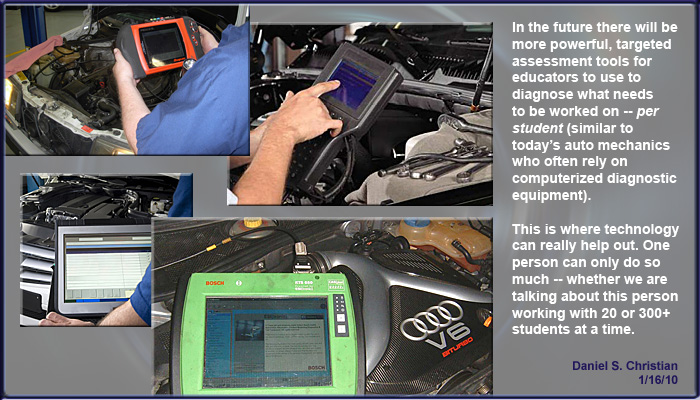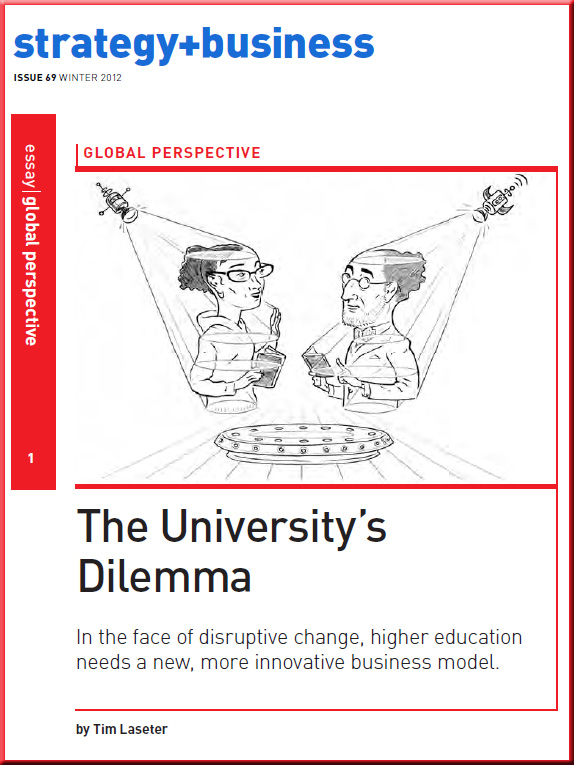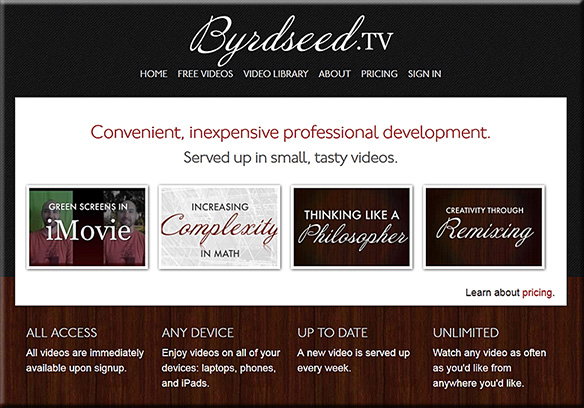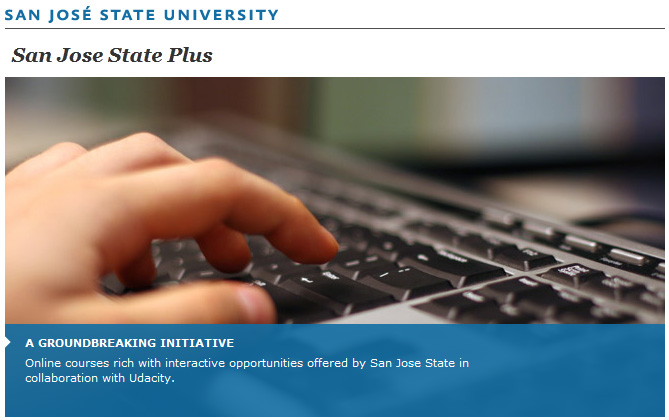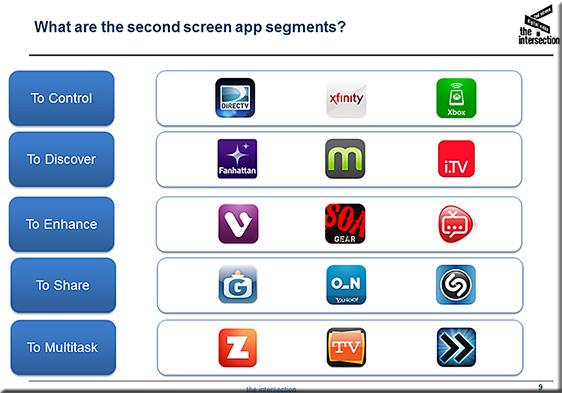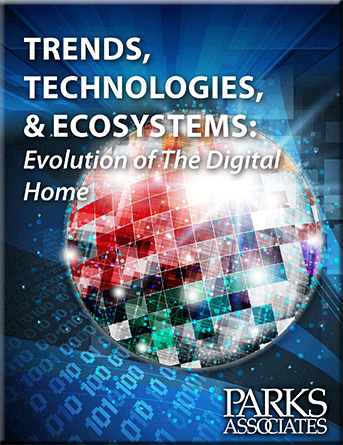From DSC:
As a team of us have been charged with putting together a new collaborative workspace/conference room, I’ve been thinking about some ideas for a new type of interface as well as some new types of Human Computer Interaction (HCI) to be used in group collaboration/web-based collaboration. I was thinking it would be good to not only display files from various devices but also to be able to share files/URLs/other resources with each other. (Some type of storage device that processes files — and scans them for viruses would be needed in addition to a large display or an interactive multitouch surface/wall.)
People within the same room could contribute files/items to a variety of “areas” — and so could others who joined in via the Internet. Here’s what I had wanted to be able to do and I had pictured in my mind:

ADDITIONAL NOTES:
.
- People could select which files/URLs/resources that they wanted to contribute
.
- People could select which files/URLs/resources that they wanted to download to their own devices (during and after the meeting)
.
- Could be powerful in the next generation of our Smart Classrooms as well as in corporate training/learning spaces
. - Could be powerful in the what I’m envisioning in “Learning from the Living [Class] Room”
. - Could be powerful in conference room situations
.
It’s very similar to what Tidebreak has created/envisioned in their product lines.
Check out their innovative work/products/concepts!
Transforming learning spaces: 3 big ideas — from Tidebreak
Also see:









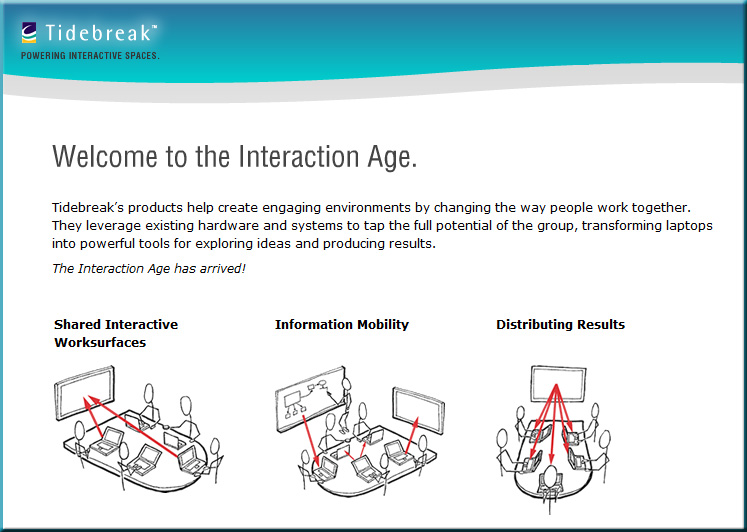
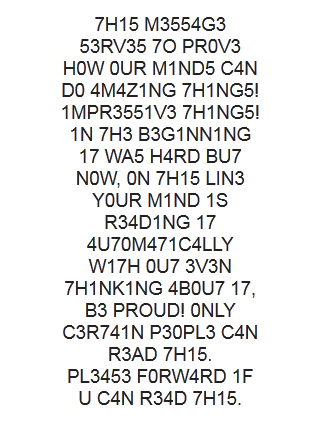


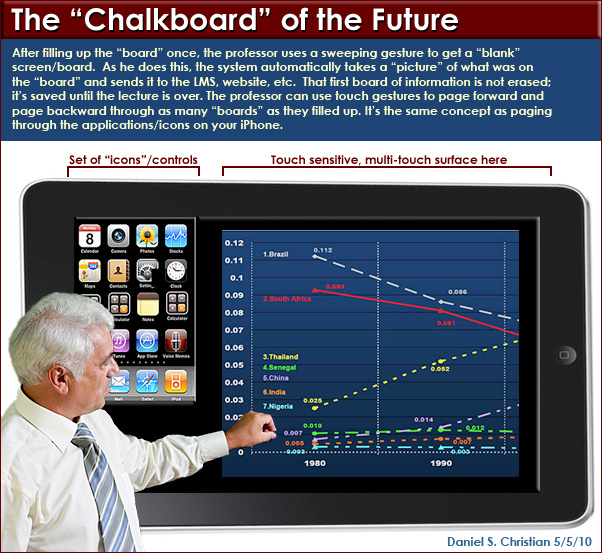
![The Living [Class] Room -- by Daniel Christian -- July 2012 -- a second device used in conjunction with a Smart/Connected TV](http://danielschristian.com/learning-ecosystems/wp-content/uploads/2012/07/The-Living-Class-Room-Daniel-S-Christian-July-2012.jpg)

